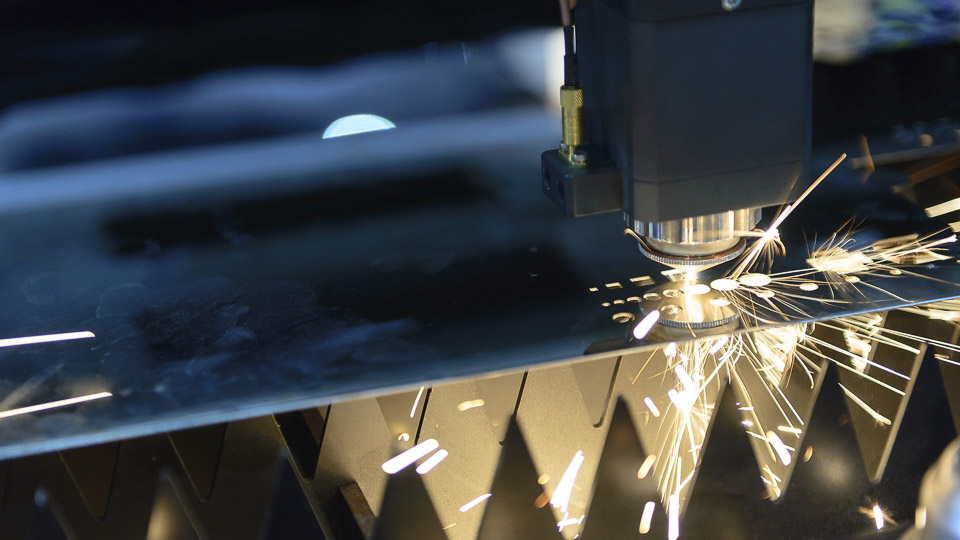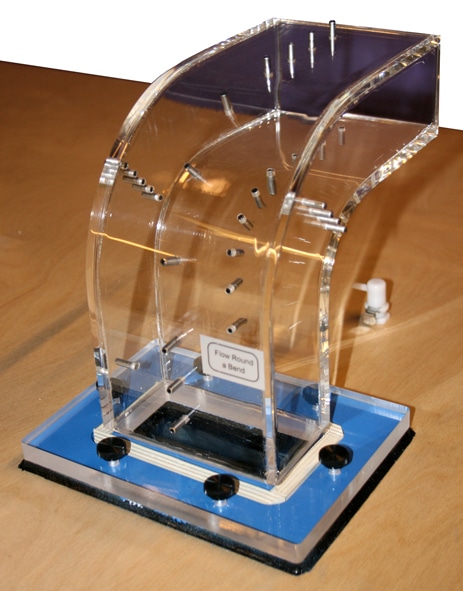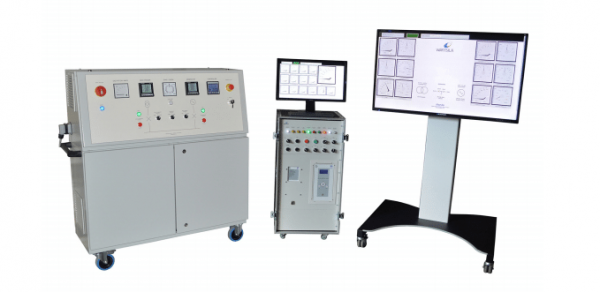Your cart is currently empty!

Education
Description
Air Bench available with a wide range of experiments and shown above with a cross-flow heat exchanger module. The air bench has a variable speed fan which feeds a plenum chamber whose outlet is in the bench top and to which experiments are attached. The fan is driven by a digital drive with push button control to provide additional flow control. A cabinet is built into the bench to provide a handy storage area for bench accessories.
Boundary Layer with rough and smooth surfaces, micrometer adjustment pitot tube to measure the velocity profiles normal to the direction of flow. This shows the development and depth of a boundary layer for laminar and turbulent air flows. Increasing or decreasing pressure gradient can be investigated by using the adjustable duct wall liners.
Air Bench – Bernoulli’s Apparatus: A convergent – divergent duct is fitted with a pitot-static tube which may be traversed along the duct centreline. The data obtained on the pressure distribution along the duct provides a convincing demonstration of Bernoulli’s Equation.
Round Turbulent Jet: A pitot tube is used to measure the velocity profile and total pressure in the jet on diametral traverses at several sections along the jet axis. The experiments cover centreline velocity decay, observation of the development and spread of the jet by velocity profiles. Analysis of these profiles shows how mass flux increases, kinetic flux decreases and momentum flux remains constant.
The Drag Force experiment consists of a duct with a balance system fitted to it. This balance system can have models attached and the set comprises a cylinder, flat plate and aerofoil of the same frontal area. An additional cylinder with a pressure tapping can be fitted to the duct and rotated to determine the pressure variation around itself. A pitot tube is fitted in the wake and can be used to find the velocity distribution and momentum flux and hence the drag force.
Ground Effect: A round jet is fitted to the plenum chamber and an impulse plate is suspended above. The impulsive force may then be meaured. Bringing the plate closer to the jet forms a parallel diffuser giving rise to a different flow regime and an unusual application of Bernoulli’s equation. A special probe enables the pressure distribution to be measured. If the impulse plate is brought closer still the behaviour of a hydrostatic thrust plate bearing may be demonstrated.
Flow Round a Bend: A transparent bend is fitted with a series of pressure tappings along the walls. These are then connected to a multitube manometer. Thus pressure distributions along the inner and outer walls may be determined. In addition a set of radial pressure tappings are provided which enable the data obtained to be compared to theoretical predictions.
Air Bench units also available: Multitube Manometer, Jet Pump, Jet Attachment – Coanda Effect, Flow Visualisation Unit, Model Set – standard
Model Set – additional, Cross Flow Heat Exchanger Unit, Wind Tunnel – 2D with 2 comp balance, Smoke Generator
Additional Experiments:
The Norwood system is built on a modular basis and so we can readily add additional experiments to meet specific customer requirements.
The standard bench plenum chamber outlet is 100 x 50mm. Wind tunnels with larger working sections are available together with a range of experimental accessories covering instrumentation and test models to either standard or customised designs.
Request more information











